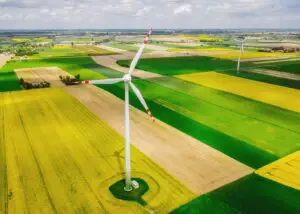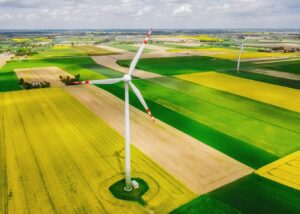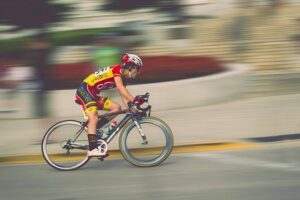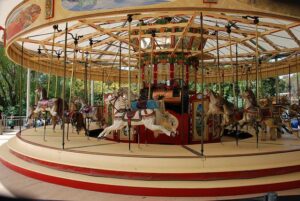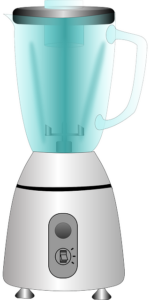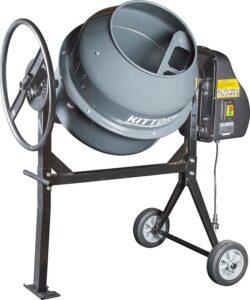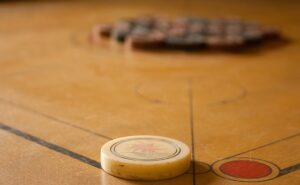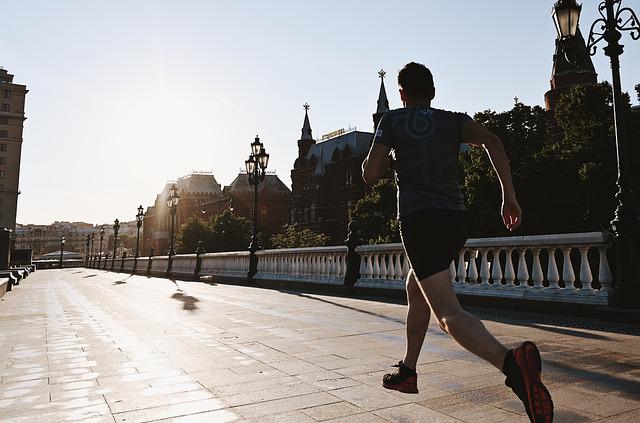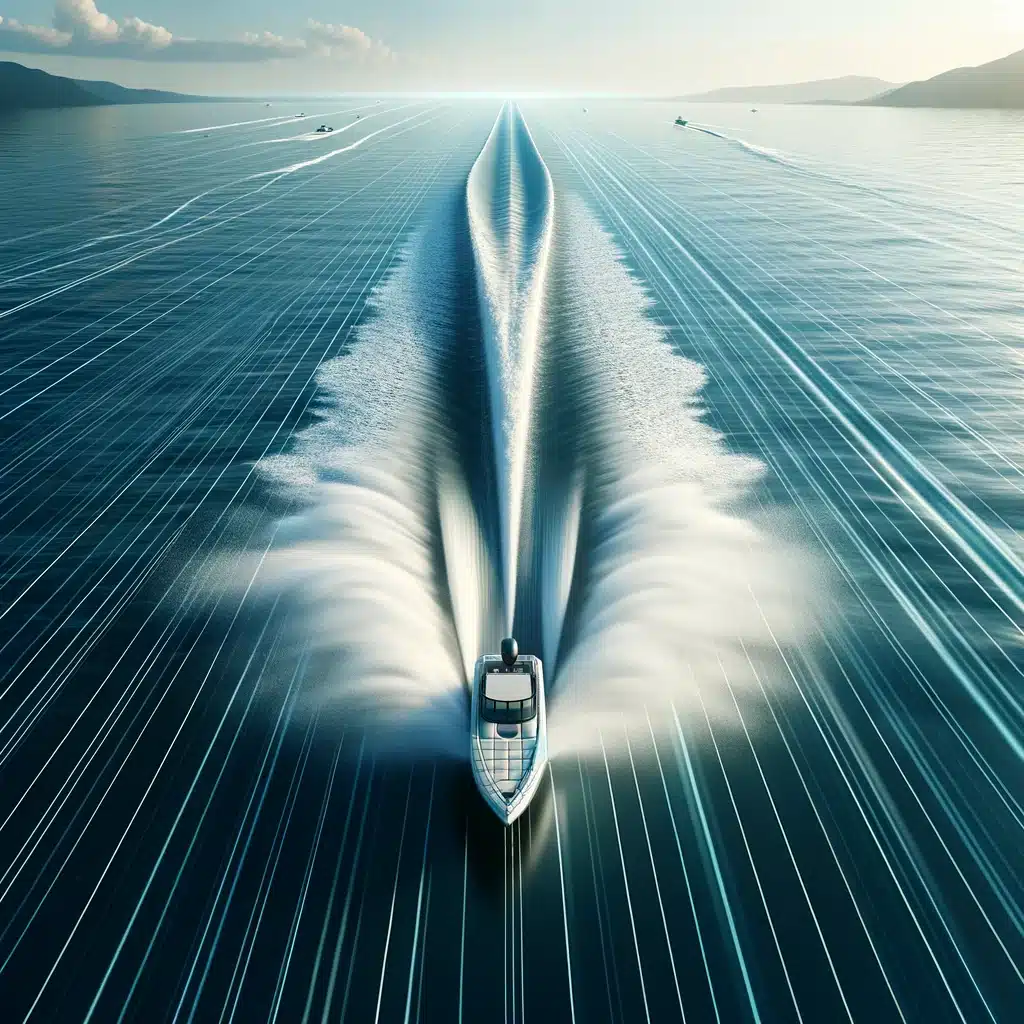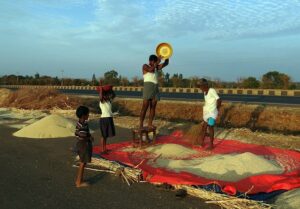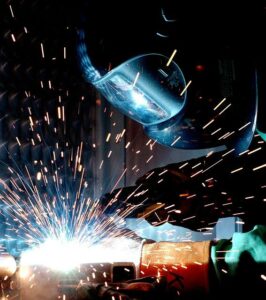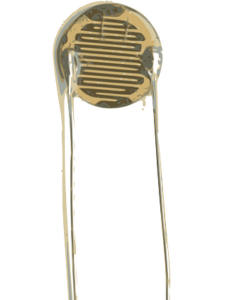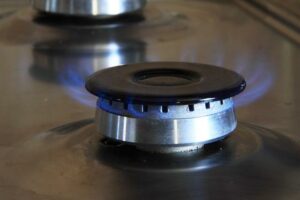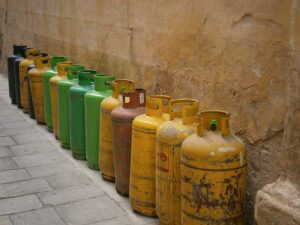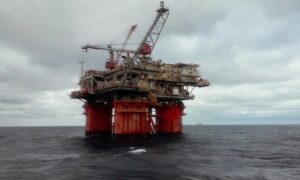The motion of the object in a curved path is called a curvilinear motion.
The velocity and energy of an object in a curvilinear motion are variable depending upon its path of projection. Let us discuss some of the curvilinear motion examples here below:-
Bicycle in a Curve Path
The bicyclist drives the cycle in a curve path by changing its direction of motion frequently, it follows the curve path and hence the motion of the bicycle is curvilinear motion. Any object moving in a curve path possesses curvilinear motion.
Waterfall from Cliff
The water falling from the cliff is in a curve arc.
The flowing water is in a mechanical motion. If the kinetic energy of the water is more, then it will travel a little further before making a fall. Hence, the waterfalls at a cliff show little curve falls.
Color Splash
The color mixed in water is filled in spray containers which on release move in a projectile path following a curvilinear motion. The distance at which the colored water will drop depends on the angle at which the water is sprayed.
Comet Approaching Solar Nebula
The comet approaching the Sun in the nebula follows the parabolic pattern.
It will approach the Sun by gradually increasing the speed, acquiring the potential energy from the radiations of the Sun that it receives, and then move away from the Sun gaining its own potential energy slowly moving away by increasing its speed following a curve path.
Boat Moving on Ocean Water
The boat moving on the ocean water on the oceanic waves will oscillate over the tides of water hence the motion of the boat is curvilinear motion. The boat moves on the surface of the water that follows the curve pattern and therefore the object traveling over the surface of ocean water is in a curvilinear motion.
Car Taking a Turn
A car taking a turn will follow a curve path. While taking a turn the centrifugal, as well as the centripetal force, is exerted on the car for that distance. The motion of the car on a curved path is a curvilinear motion.
Cricket Ball in the Air
The ball raised high in the air accelerates in a curve path. The kinetic energy of the ball is highest at the start and end of its journey in a curvilinear motion and the potential energy gained by the ball is the maximum at its greatest height from the ground.
Football Kicked from the Ground
The football on getting a kick will raise in the air following a curve path.

After bouncing on the ground some of its energy will reduce and the potential energy will again convert back into the kinetic energy and again it will rise in the air following the curvilinear motion. This will continue till the energy of the ball becomes nil.
Shot-Put
The shot put is the heavy metal ball used in sports activities. The person holds the ball across his neck and gives it an oscillation before making a throw in the air. The shot put travels in a curve path before making its fall.
Ocean Waves
The oceanic wave follows the curve path. This is due to the gravitation pull of the Moon exerted on the Earth. The tides appearing in the ocean are curved in shape. The molecules of the water oscillate in up and down motion frequently.
Boomerang
Boomerang is known for the curve path it follows and hence it returns back to the thrower on throwing it in the air.
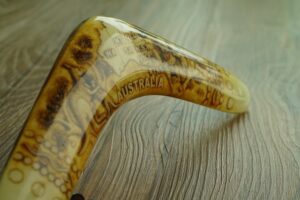
The design of the boomerang is L in shape.
Javelin Throw
A javelin is a long rod with one end pointed. On releasing the javelin it moves in a curvilinear motion and the pointed end touches the ground marking the perpendicular distance that it covered.
Reptiles
The reptiles like snakes move in a curvilinear motion for locomotion. They will contract and relax the muscles that help to push their body forward forming a curvy motion.
Roller Coaster
You must have seen the roller coasters they are not designed for a straight-line path. They have curve paths, circular paths, and zigzag motion to make your journey amazing experiencing variation in speed and heights.

While moving the coaster along the curve path, there is a variation in the kinetic energy and potential energy. Riding upward the speed decreases while accelerating down the speed of the coaster increases at a frequent rate.
Ball Bouncing and Moving Forward
The ball bouncing on the ground on making its throw in the air will move forward making a curve path. This is because of the conservation of energy by the ball in its flight which is why the ball bounces again and again till it loses its energy.
Catch the Ball
The children playing catch the ball throws the ball in a projectile motion that follows the curve path in a flight. The motion of the ball while playing passing the ball is a curvilinear motion.
Throwing Stone over the Mango
A stone is thrown towards the bunch of mangoes to pluck them from the tree and move in a curve path, hence following the curvilinear motion. The potential energy of the stone if it is the maximum will detach the mango from the tree upon hitting the target mango.
Basketball
A basketball thrown towards the basket will move in a curvilinear motion. The hoop is almost 10 ft above the ground.

Watering Garden using Pipe
If the pressure on the water in the watering pipe is more then it jumps to a far distance in a curve path. The water flowing from the pipe actually moves in a curvilinear motion. If the height of the water falling from the curve path is increased then some of the water molecules will jump up and travel short curve paths after bouncing on the ground.
Tea from Teapot
While filling the teacup with a tea from a teapot, the volume of the tea emerging out from the teapot will move in a curvilinear motion because of the shape and energy of the molecules of the tea in a pot.
Frequently Asked Questions
Does the velocity of the object in a curvilinear motion vary?
The energy of the object keeps on varying in the path of the object in a curvilinear motion.
The change in energy resembles the variation in the velocity of the object. The potential energy of the object is more at the crest of the curve and the velocity of the object is the minimum at this point.
Does the mass of the object affect the curvilinear motion?
The mass is a constant quantity and remains invariable.
The weight of the object may feel light or heavy depending upon the height at which the object is raised following the curvilinear motion in a vertical direction while the mass of the object remains unaffected.
Read more on 24+ Multiple Motion Examples.
Also Read:
- Keplers first law of planetary motion
- Projectile motion
- Vibratory motion examples
- Third law of motion examples
- How do motion sensor lights detect movement
- Non uniform circular motion examples
- Periodic motion vs simple harmonic motion
- Uniformly accelerated motion
- Repetitive motion examples
- State of motion examples

